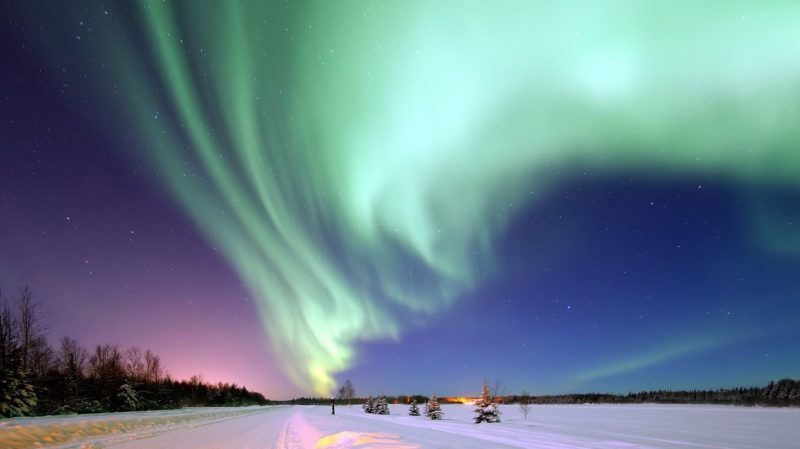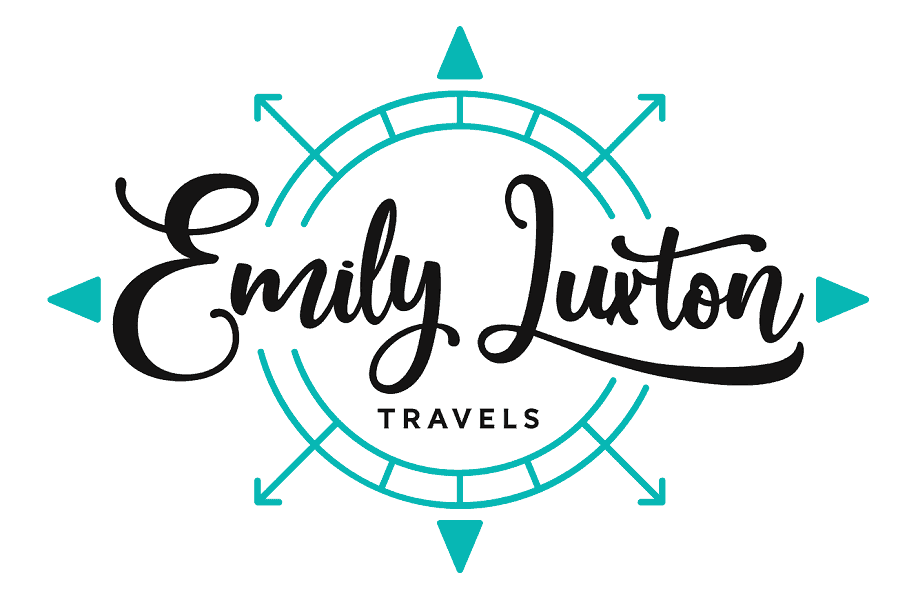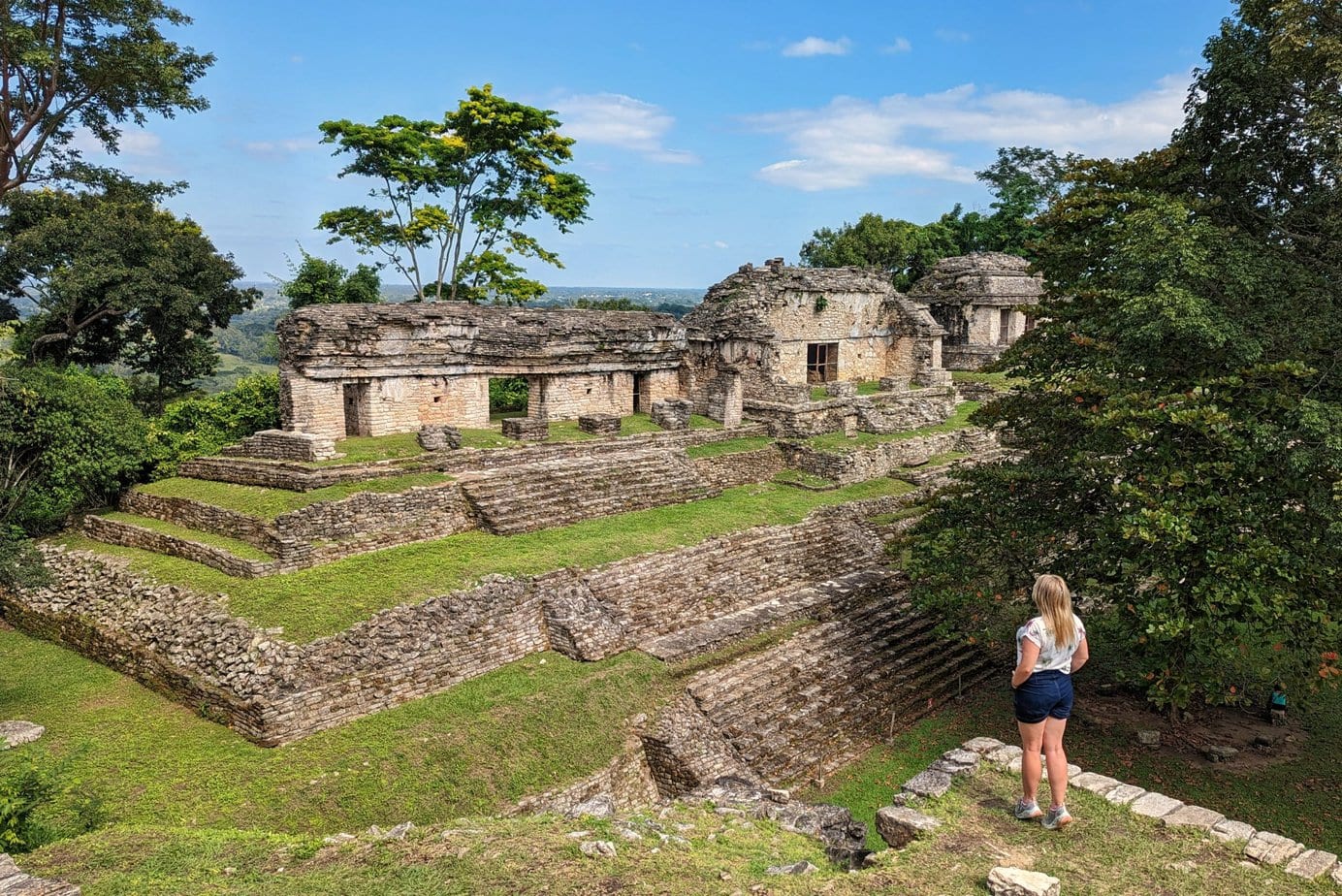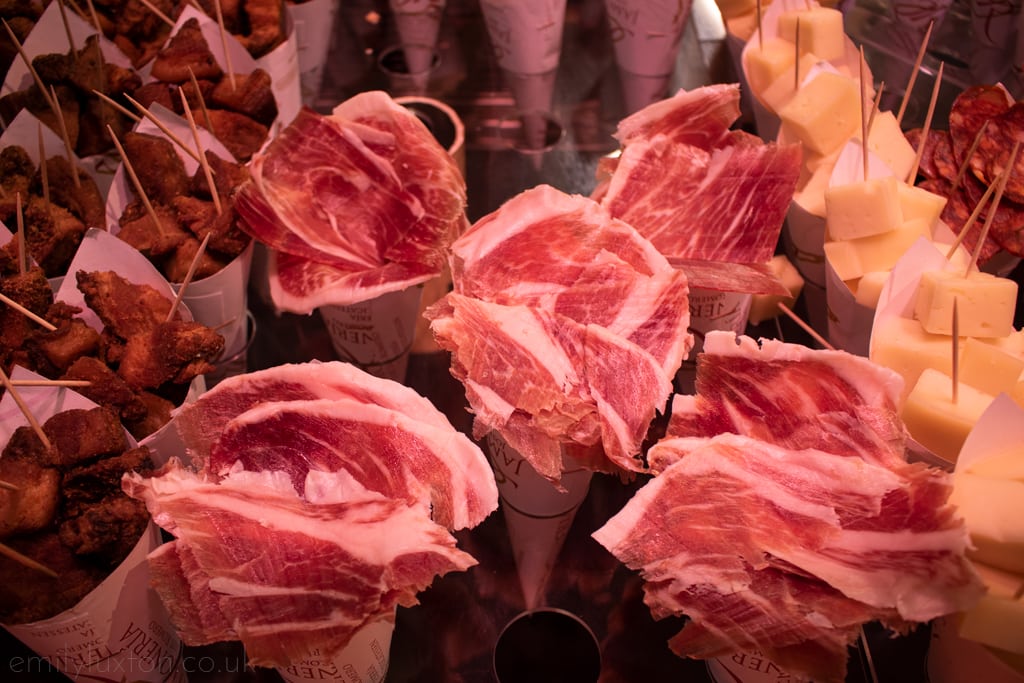Some posts on this site contain affiliate links. If you book or buy something through these links, I earn a small commission (at no extra cost to you). Take a look at my privacy policy for more information.

The night sky comes alive in a breathtaking display of colors and movement as the Northern Lights, or Aurora Borealis, grace the remote regions of Canada’s Arctic Circle. This celestial phenomenon has captivated the imagination of explorers, photographers, and dreamers for generations.
Chasing the Northern Lights when you visit Canada and its northern outskirts offers a once-in-a-lifetime opportunity to witness a natural spectacle that transcends the ordinary, painting the night sky with hues of green, pink, and purple. Prepare to be enchanted by the mesmerizing dance of the Aurora Borealis, a celestial ballet that leaves an indelible mark on your soul.
What is the Aurora Borealis?
The Aurora Borealis is a result of interactions between the Earth’s magnetic field and charged particles from the sun. As these particles collide with gases in the Earth’s atmosphere, they create a breathtaking display of light and color. The result is a celestial ballet, where curtains of green, pink, and purple sway and shimmer across the night sky. The dance is unpredictable, varying in intensity and form, creating a unique experience every time.
Chasing the Lights: Where to see this cosmic spectacle
Embarking on a journey to witness the Northern Lights is a thrilling adventure into Canada’s Arctic wilderness. The remote landscapes of the Arctic Circle offer the perfect canvas for this celestial masterpiece. As you venture into these pristine regions, you’ll find yourself in a world untouched by the bustling pace of modern life. Instead, you’ll be surrounded by snow-covered mountains, frozen lakes, and vast expanses of tundra—a starkly beautiful backdrop for the Aurora Borealis.
Yellowknife
Yellowknife, the capital of Canada’s Northwest Territories, is often considered the gateway to the Northern Lights. This charming northern town sits beneath the Aurora Oval, a region with high Aurora activity. Visitors flock to Yellowknife for the chance to witness the lights against a backdrop of boreal forests and frozen lakes. The city offers various accommodations, from cozy lodges to heated glass igloos, providing a comfortable vantage point for the celestial show.
Whitehorse
In Canada’s Yukon Territory, Whitehorse emerges as a prime destination for chasing the Northern Lights. With its clear skies and low light pollution, Whitehorse offers optimal conditions for witnessing the Aurora Borealis. Travelers can join guided tours that lead them to remote viewing sites, equipped with cozy cabins and heated yurts for warmth during the show. The city’s proximity to stunning natural landscapes, including the Yukon River and Miles Canyon, adds to the allure of the experience.
Churchill
Churchill, located in the province of Manitoba, offers a unique Arctic experience where the Northern Lights illuminate the expansive tundra. Known for its diverse wildlife and polar bear population, Churchill provides an otherworldly setting for watching the Aurora Borealis. The Churchill Northern Studies Centre serves as an exceptional base for visitors, offering comfortable accommodations and knowledgeable guides who provide insights into both the lights and the local ecosystem.
The Kluane National Park Connection
For those seeking a more remote adventure, Kluane National Park in the Yukon offers a chance to witness the Northern Lights against the backdrop of stunning mountain ranges and glaciers. The park’s vast wilderness is a playground for outdoor enthusiasts and stargazers alike. The combination of dramatic landscapes and the awe-inspiring light show creates a truly unforgettable experience.
Capturing the Northern Lights: Pro Tips for Photographers
Photographing the mesmerizing Northern Lights in Canada’s Arctic Circle is a thrilling endeavor that demands a mix of preparation, skill, and creativity. Here are some concise pro tips to help you capture the magic of this celestial spectacle:
- Gear Essentials: Equip yourself with a DSLR or mirrorless camera with manual settings, a wide-angle lens (low f-stop), a sturdy tripod, remote shutter release, and extra batteries for cold weather.
- Manual Mode Mastery: Use manual mode to control settings. Start with low ISO (around 400), a wide aperture for light (low f-stop number), and longer shutter speeds (10-30 seconds) to capture colors and movement.
- Focus and Framing: Set your lens to manual focus and focus on infinity. Incorporate interesting foreground elements, like trees or mountains, for depth and context.
- Avoid Light Pollution: Choose a location away from city lights to minimize light pollution that can affect the visibility and color of the Northern Lights.
- Clear Skies: Check weather forecasts for clear skies. Cloud cover can obstruct your view of the lights, so plan your shoot accordingly.
- Arrive Early, Be Patient: Set up before dark to catch the initial displays, which can start shortly after sunset. Be patient—the intensity of the lights can vary.
- Experiment Creatively: Play with settings to create unique effects like star trails. Consider panoramas to capture the vast Arctic landscape, and add silhouettes for some artistic flair.



